Home>Furniture & Design>Outdoor Furniture>How To Protect Outdoor Cedar Wood
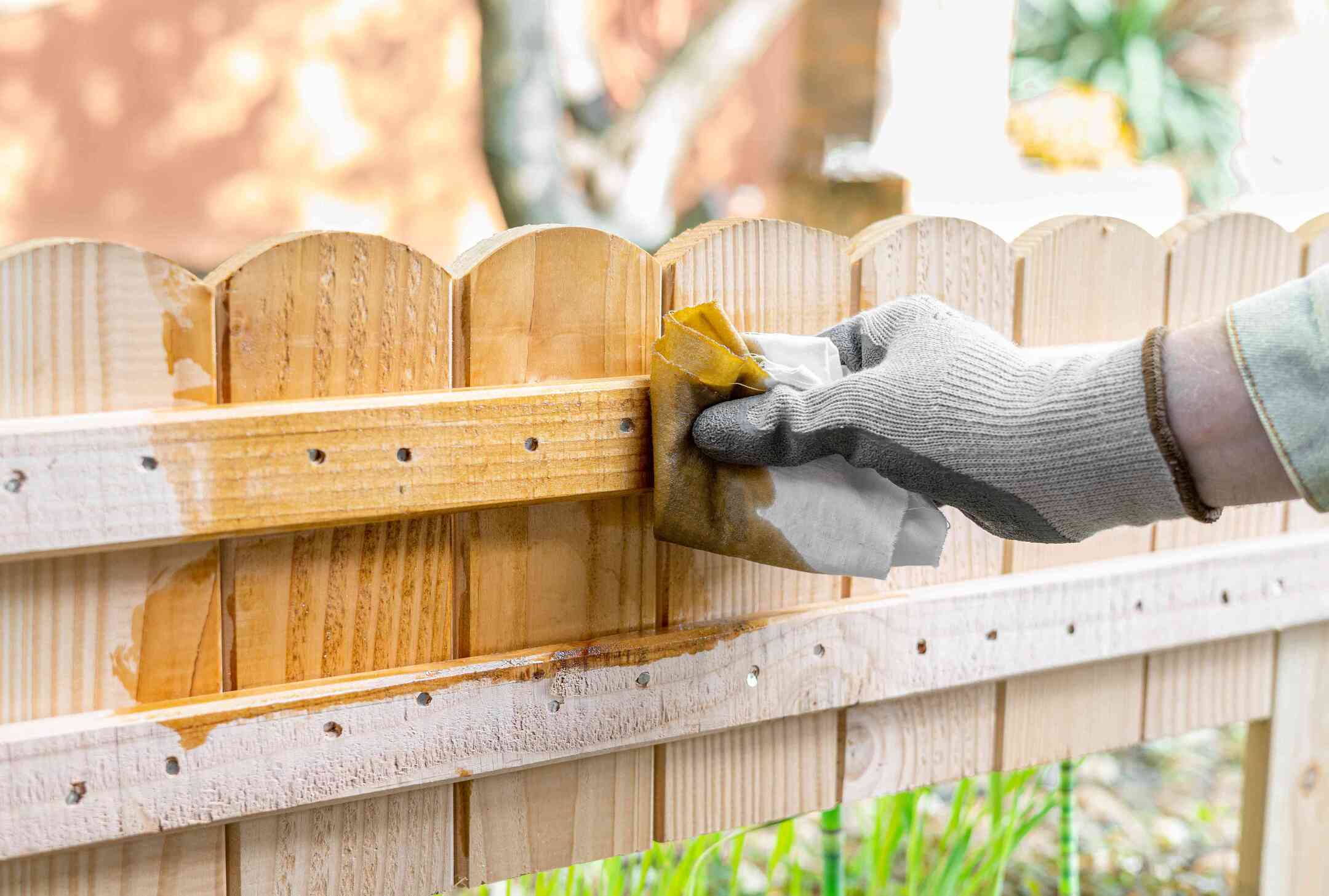

Outdoor Furniture
How To Protect Outdoor Cedar Wood
Published: January 13, 2024
Learn how to protect your outdoor cedar wood furniture and keep it looking great for years to come. Discover the best tips and products for maintaining outdoor furniture and design. Protect your investment today!
(Many of the links in this article redirect to a specific reviewed product. Your purchase of these products through affiliate links helps to generate commission for Storables.com, at no extra cost. Learn more)
Introduction
Welcome to the wonderful world of outdoor furniture and design! When it comes to creating a cozy and inviting outdoor space, cedar wood furniture and decor are popular choices due to their natural beauty and durability. However, to maintain the stunning appearance and structural integrity of cedar wood pieces, it's essential to understand how to protect them from the elements and pests.
In this comprehensive guide, we'll delve into the intricacies of cedar wood, exploring the factors that can affect its condition and the best strategies for safeguarding it against weather-related damage and pesky intruders. Whether you're a proud owner of cedar wood furniture or are considering adding these timeless pieces to your outdoor oasis, this article will equip you with the knowledge and techniques necessary to preserve their charm and functionality for years to come.
So, grab a cup of your favorite beverage, settle into a comfortable chair, and let's embark on a journey to unlock the secrets of protecting outdoor cedar wood.
Key Takeaways:
- Protect outdoor cedar wood by sealing and staining it to shield against moisture and UV exposure. Regular cleaning, proper drainage, and periodic maintenance are essential for preserving its allure and longevity.
- Safeguard cedar wood from pests by applying natural oils, using pest-resistant finishes, and maintaining a well-ventilated environment. Regular inspections and strategic placement help prevent pest-related damage.
Read more: How To Protect Outdoor Wood Furniture
Understanding Cedar Wood
Cedar wood is revered for its exceptional beauty, natural resistance to decay, and aromatic fragrance. This sought-after lumber is often used in outdoor furniture and design due to its ability to withstand the rigors of outdoor exposure while exuding a warm, rustic charm.
One of the key attributes of cedar wood is its remarkable durability. This wood species contains natural oils that act as preservatives, enhancing its resistance to rot, decay, and insect damage. Additionally, cedar wood possesses a distinct grain pattern and rich, reddish-brown hue that adds a touch of elegance to any outdoor setting.
Furthermore, cedar wood is renowned for its dimensional stability, meaning it is less likely to warp or shrink when exposed to moisture and temperature variations. This makes it an ideal choice for outdoor furniture, where it may be subjected to fluctuating environmental conditions.
When selecting cedar wood furniture or decor, it’s important to consider the specific type of cedar used. Western Red Cedar and Eastern Red Cedar are two common varieties, each with its own unique characteristics. Western Red Cedar, for instance, is prized for its exceptional durability and natural resistance to decay, while Eastern Red Cedar is celebrated for its distinct fragrance and insect-repelling properties.
By understanding the innate qualities of cedar wood, you can better appreciate its suitability for outdoor applications and the measures required to maintain its allure and structural integrity.
Factors Affecting Cedar Wood
While cedar wood boasts impressive natural resilience, several factors can impact its condition over time. Understanding these influences is crucial for effectively safeguarding cedar wood furniture and design elements.
- Moisture: Excessive moisture can lead to warping, cracking, and mold growth in cedar wood. Prolonged exposure to rain, snow, or high humidity levels can compromise the integrity of cedar furniture, making moisture control a critical consideration.
- UV Exposure: The sun’s ultraviolet rays can cause cedar wood to fade and lose its natural luster over time. Without adequate protection, prolonged sun exposure can result in discoloration and surface degradation.
- Insects and Pests: While cedar wood is naturally resistant to many insects, prolonged exposure to certain pests, such as termites and carpenter ants, can lead to damage. Additionally, damp conditions can attract wood-boring insects, posing a threat to cedar wood furniture.
- Air Circulation: Poor air circulation around cedar wood furniture can contribute to moisture retention, potentially leading to mold and mildew growth. Adequate ventilation is essential for preventing moisture-related issues.
- Physical Wear and Tear: Regular use, environmental exposure, and improper handling can cause wear and tear on cedar wood furniture. Scratches, dents, and abrasions can detract from its aesthetic appeal and structural integrity.
By acknowledging these factors, you can take proactive measures to protect cedar wood from their detrimental effects, ensuring that your outdoor cedar wood pieces remain resilient and visually captivating for years to come.
Protecting Cedar Wood from Weather
Shielding cedar wood furniture and decor from the elements is essential for preserving its natural beauty and structural integrity. Here are several strategies to safeguard cedar wood from weather-related damage:
- Sealing and Staining: Applying a high-quality sealant or stain specifically formulated for cedar wood can provide a protective barrier against moisture and UV rays. This helps prevent warping, cracking, and fading, extending the lifespan of the wood.
- Covering and Storage: During inclement weather or prolonged periods of non-use, covering cedar wood furniture with weather-resistant tarps or storing it in a sheltered area can shield it from excessive moisture and sun exposure.
- Regular Cleaning: Routine cleaning with a mild soap and water solution helps remove dirt, grime, and mildew, preventing these contaminants from compromising the wood’s surface and appearance.
- Proper Drainage: Elevating cedar wood furniture off the ground and ensuring proper drainage around it can minimize moisture absorption and reduce the risk of water-related damage.
- Periodic Maintenance: Inspecting cedar wood furniture regularly for signs of wear, damage, or deteriorating finishes allows for timely repairs and maintenance, preventing minor issues from escalating.
By implementing these protective measures, you can fortify cedar wood against the adverse effects of weather, ensuring that your outdoor furniture and decor retain their allure and longevity amidst varying environmental conditions.
Applying a clear wood sealer or protective finish to outdoor cedar wood can help protect it from moisture, UV rays, and rot. Be sure to reapply the finish every 1-3 years for best results.
Protecting Cedar Wood from Pests
While cedar wood possesses natural insect-repelling properties, it’s important to take proactive steps to protect it from potential pest infestations. Here are effective strategies for safeguarding cedar wood furniture and design elements from pests:
- Regular Inspections: Routinely inspecting cedar wood for signs of pest activity, such as small holes, sawdust-like frass, or insect carcasses, allows for early detection and prompt intervention.
- Application of Natural Oils: Replenishing the natural oils in cedar wood by applying cedarwood oil or other natural wood preservatives can enhance its insect-repelling properties, deterring pests from infesting the wood.
- Use of Pest-Resistant Finishes: Utilizing finishes and coatings that contain insect-repelling compounds can provide an additional layer of defense against wood-boring pests, helping to safeguard cedar wood furniture.
- Strategic Placement: Positioning cedar wood furniture away from direct soil contact and elevating it off the ground can reduce the risk of termite and moisture-related pest infestations.
- Environmental Control: Maintaining a well-ventilated and dry environment around cedar wood furniture discourages the proliferation of moisture-loving pests, such as wood-decaying fungi and certain insects.
By integrating these pest-prevention measures into your cedar wood maintenance routine, you can mitigate the risk of pest-related damage and ensure that your outdoor cedar wood pieces remain resilient and visually appealing for years to come.
Read more: How To Treat Cedar Wood For Outdoor Use?
Maintaining Cedar Wood
Proper maintenance is essential for preserving the beauty and longevity of cedar wood furniture and design elements. By incorporating regular care and upkeep into your routine, you can ensure that your outdoor cedar wood pieces retain their allure and structural integrity. Here are key maintenance practices for cedar wood:
- Regular Cleaning: Wiping down cedar wood furniture with a soft cloth and a mild soap and water solution helps remove surface dirt, dust, and grime, keeping the wood looking fresh and vibrant.
- Refinishing and Re-Sealing: Periodically refinishing and re-sealing cedar wood with a high-quality sealant or stain helps replenish its protective barrier, enhancing resistance to moisture, UV exposure, and wear.
- Preventing Water Retention: Ensuring proper drainage around cedar wood furniture and promptly drying any moisture accumulation helps prevent water-related damage and minimizes the risk of mold and mildew growth.
- Inspecting for Wear and Damage: Regularly examining cedar wood for signs of wear, scratches, or structural issues allows for timely repairs and maintenance, preserving the wood’s appearance and functionality.
- Applying Protective Coatings: Utilizing specialized coatings, such as wood preservatives and insect-repelling finishes, can fortify cedar wood against pests and environmental stressors, contributing to its long-term resilience.
By dedicating attention to these maintenance practices, you can uphold the beauty and durability of your cedar wood furniture and decor, ensuring that they continue to enrich your outdoor living spaces with their timeless charm and enduring appeal.
Conclusion
As we conclude our exploration of protecting outdoor cedar wood, it’s evident that this timeless material holds a special place in the realm of outdoor furniture and design. With its innate beauty, natural resilience, and aromatic allure, cedar wood enriches outdoor living spaces with its warm and inviting presence.
By understanding the unique characteristics of cedar wood and the factors that can influence its condition, we equip ourselves with the knowledge to effectively preserve its charm and functionality. From weather-related protection to pest prevention and routine maintenance, the strategies outlined in this guide empower us to safeguard cedar wood furniture and design elements, ensuring their enduring appeal and longevity.
As you venture into the realm of outdoor cedar wood, may this knowledge serve as your trusted companion, guiding you in the preservation of these cherished pieces. Whether you’re basking in the comfort of cedar wood Adirondack chairs, admiring the elegance of a cedar wood dining set, or reveling in the rustic beauty of cedar wood accents, may these timeless creations continue to grace your outdoor sanctuary with their natural splendor.
As you embark on this journey of preservation and appreciation, may the allure of cedar wood inspire moments of tranquility, gatherings of joy, and a deep connection with the natural world. Embrace the art of protecting outdoor cedar wood, and let its enduring beauty become a cherished legacy in your outdoor haven.
Frequently Asked Questions about How To Protect Outdoor Cedar Wood
Was this page helpful?
At Storables.com, we guarantee accurate and reliable information. Our content, validated by Expert Board Contributors, is crafted following stringent Editorial Policies. We're committed to providing you with well-researched, expert-backed insights for all your informational needs.
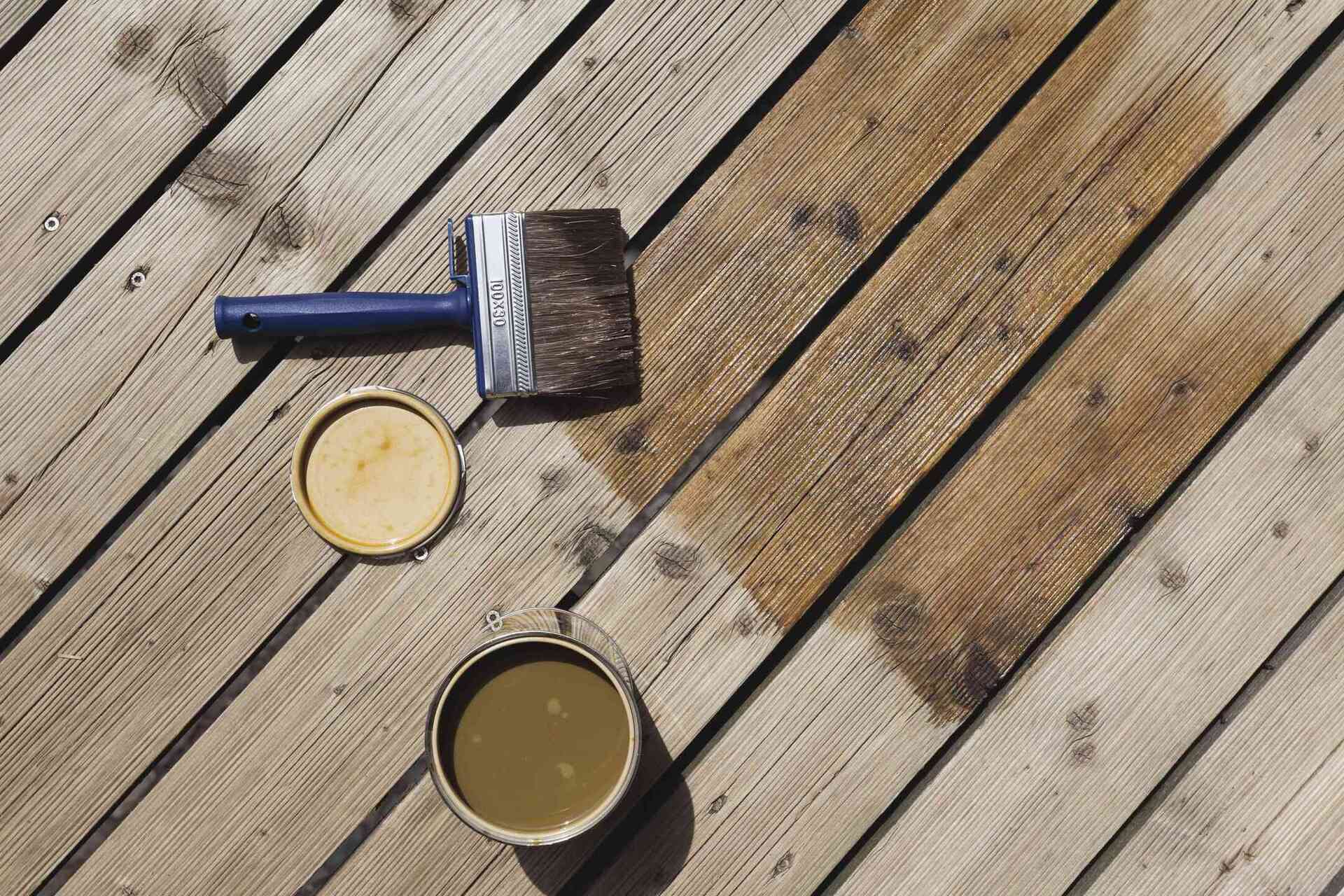
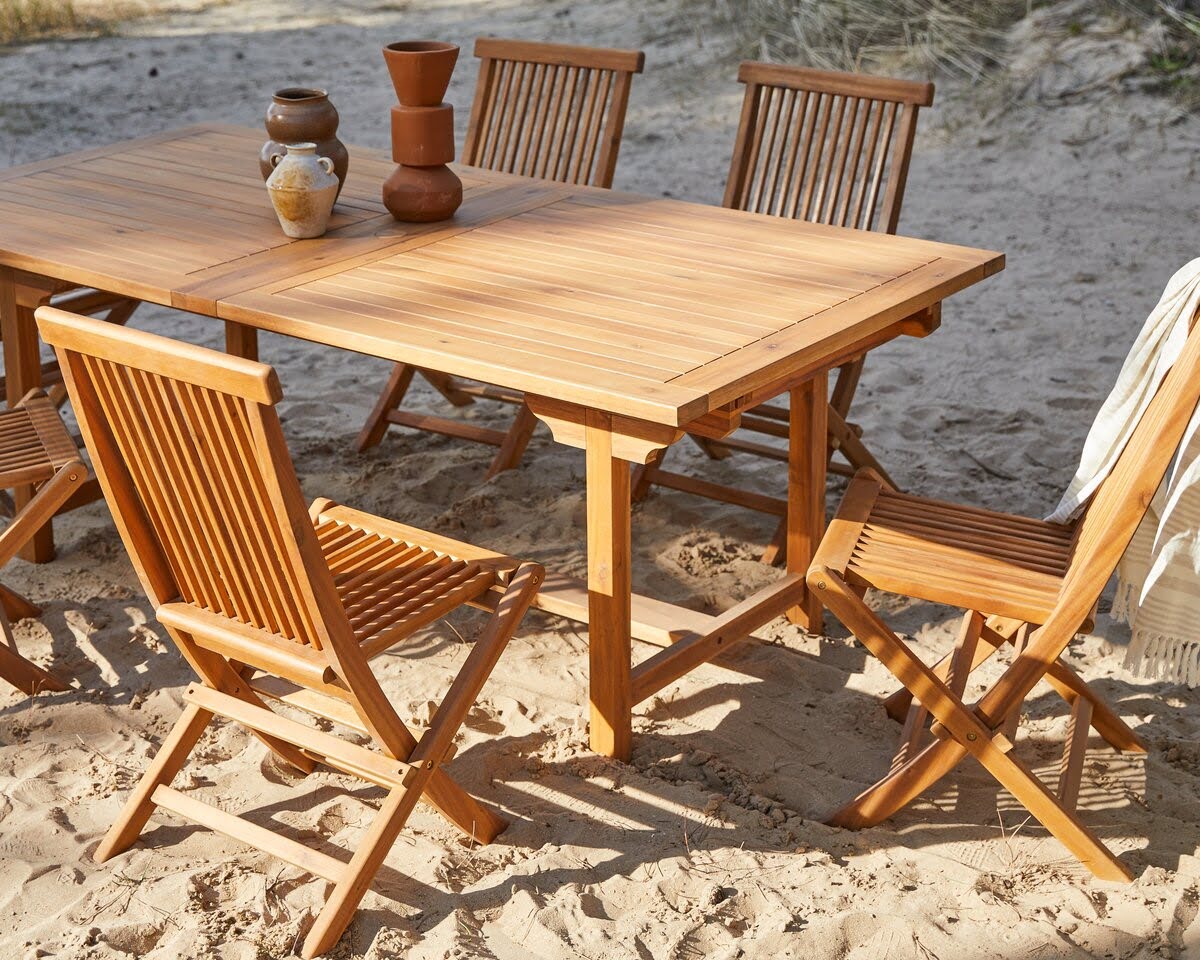
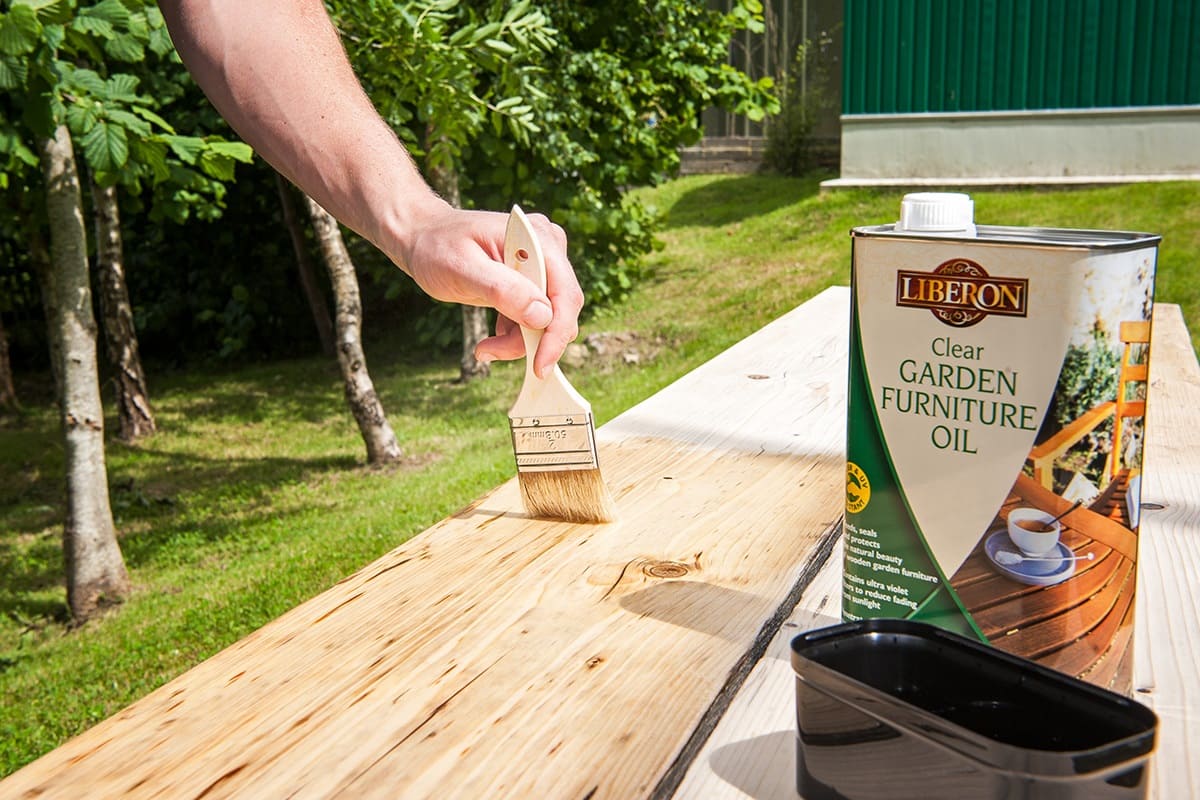
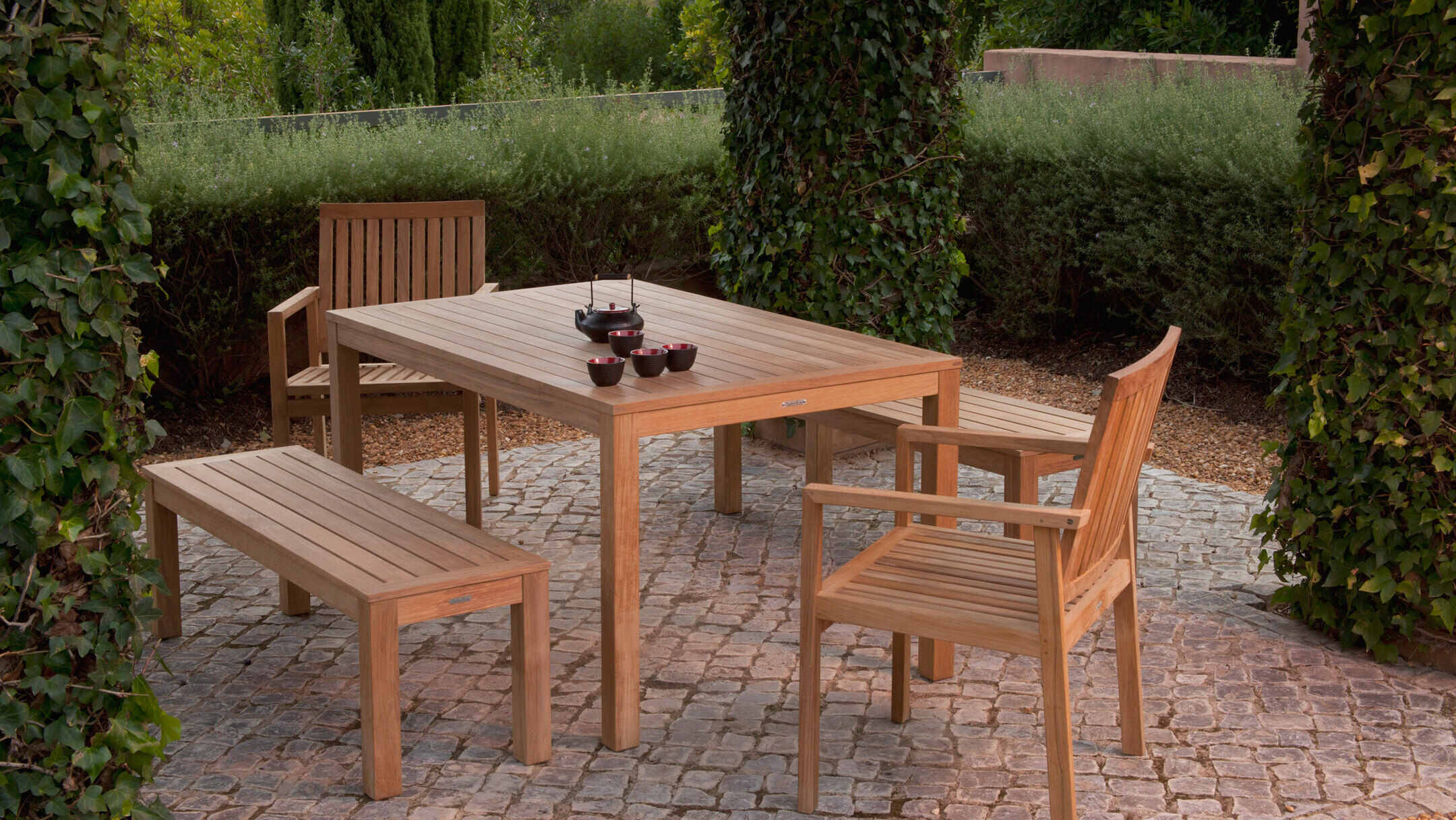
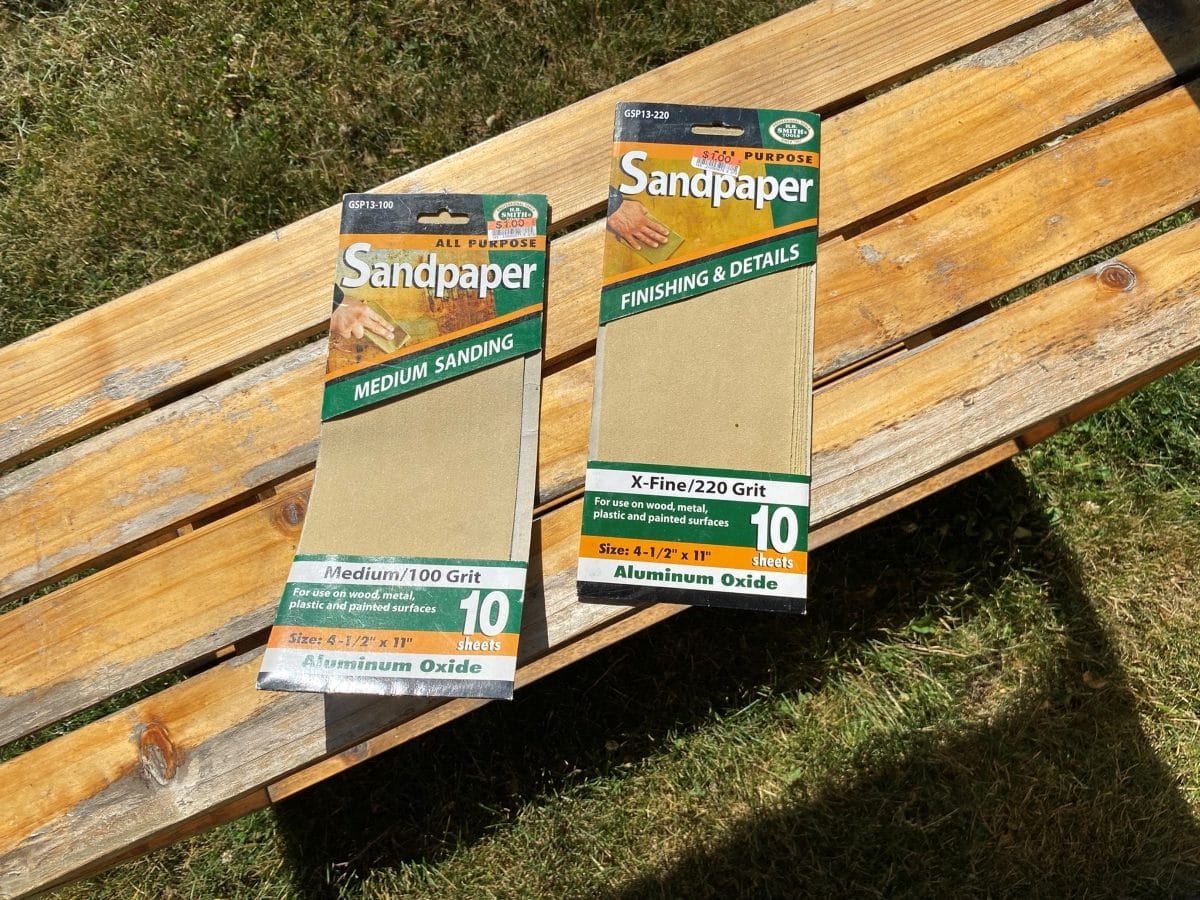
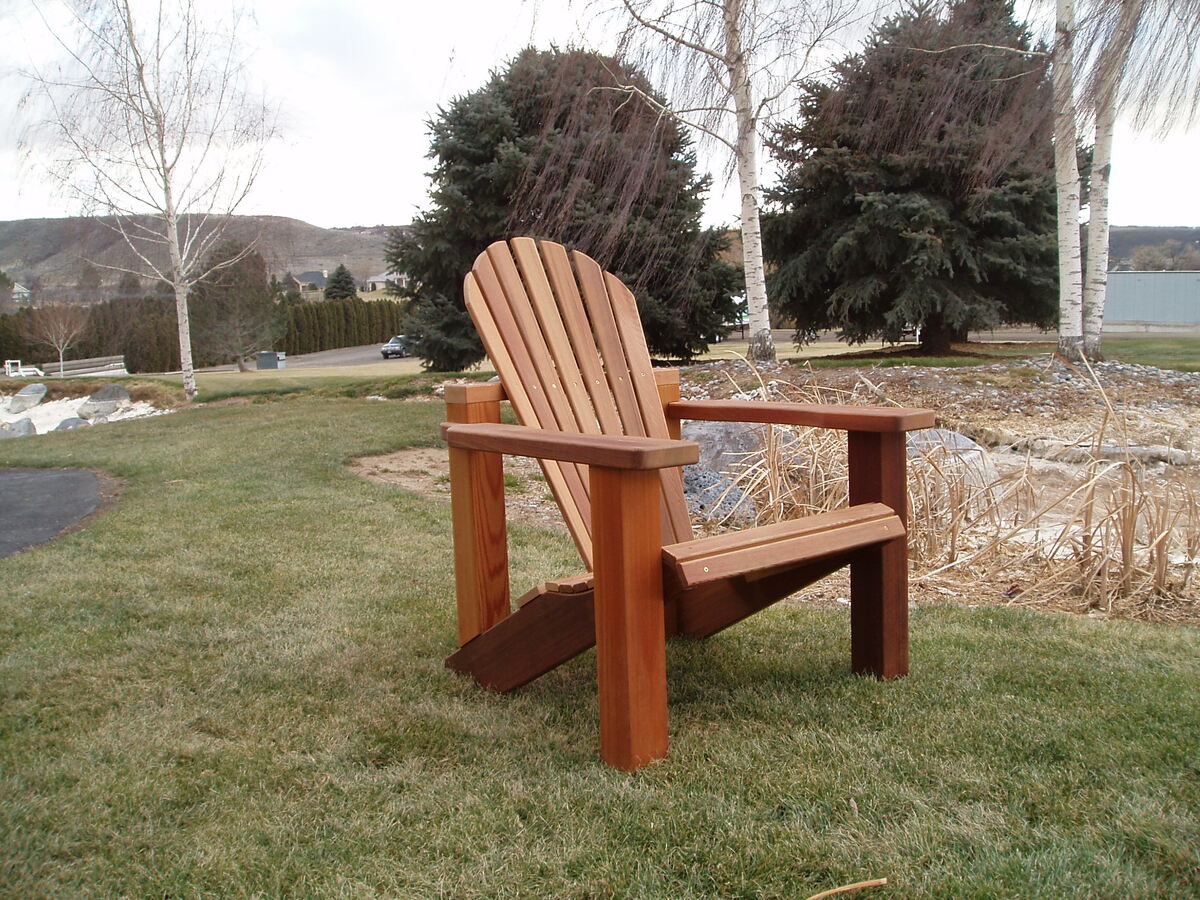

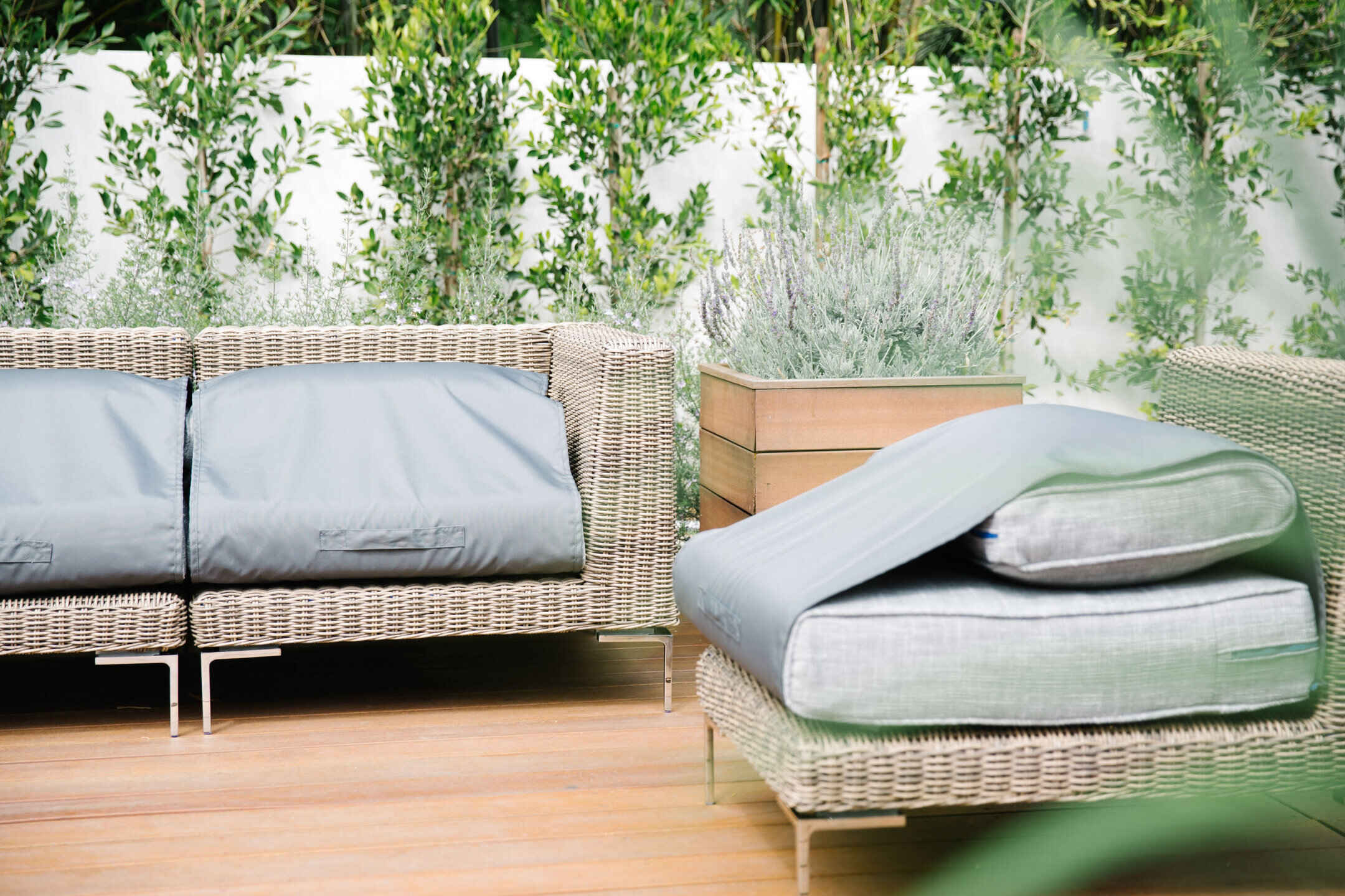
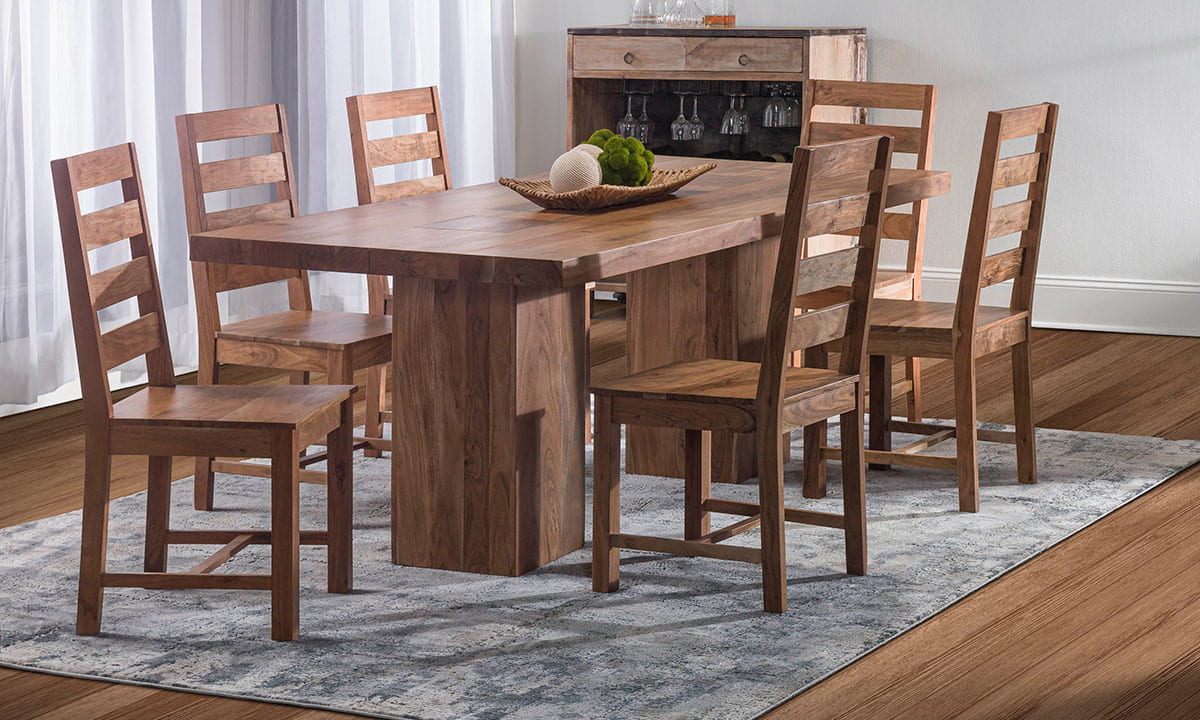
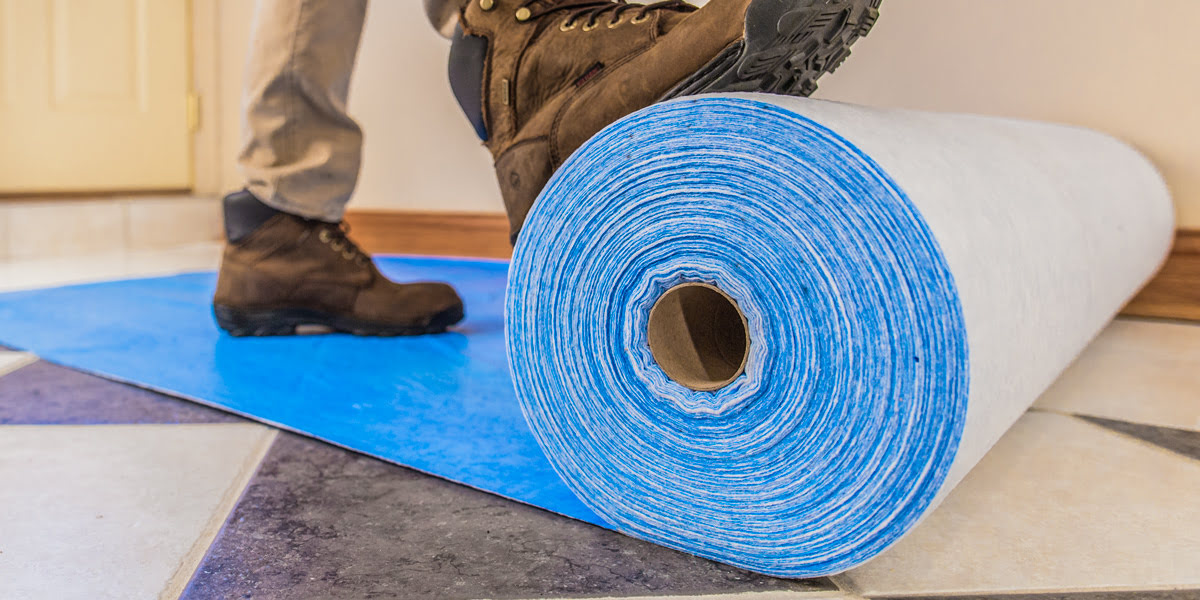
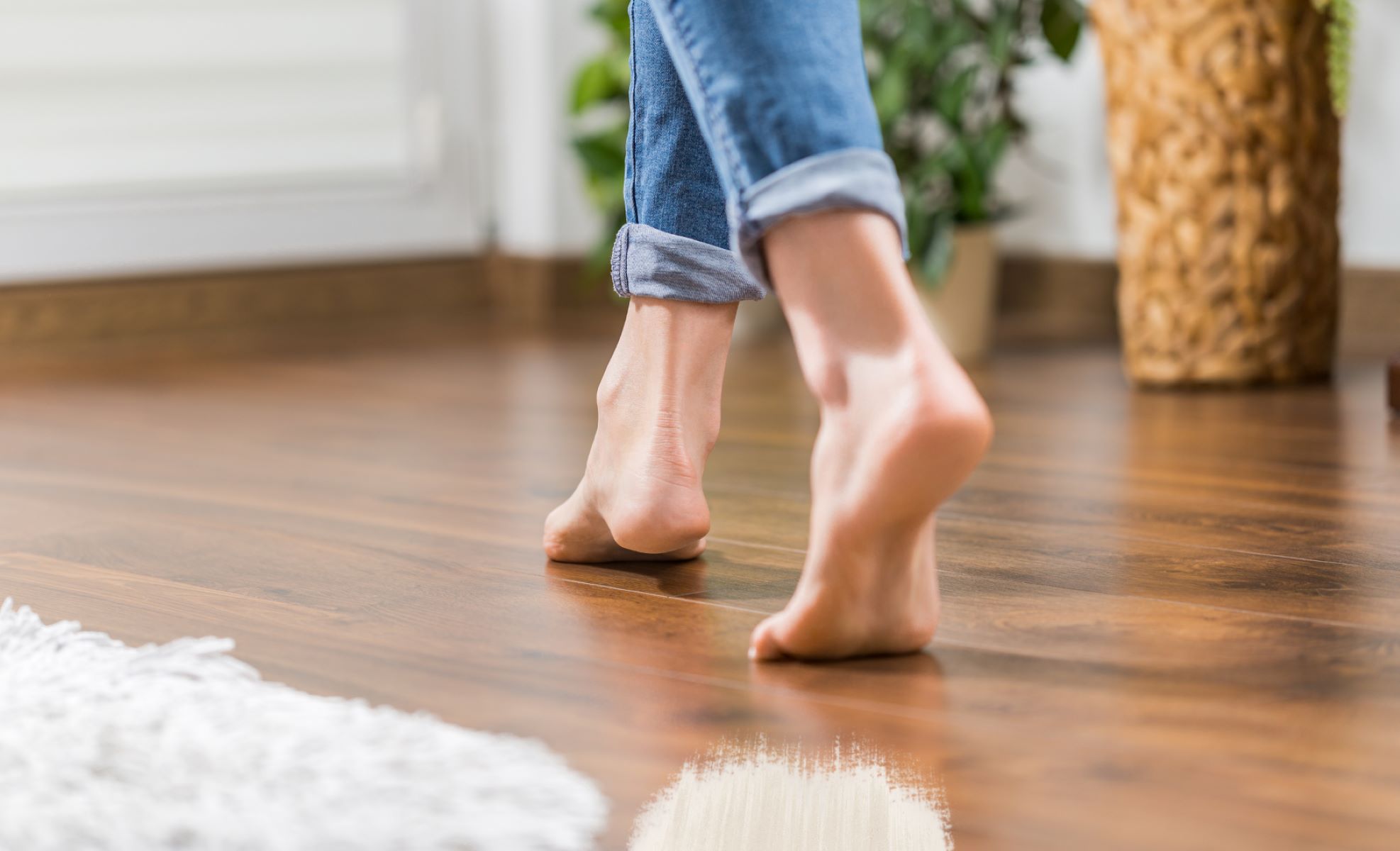

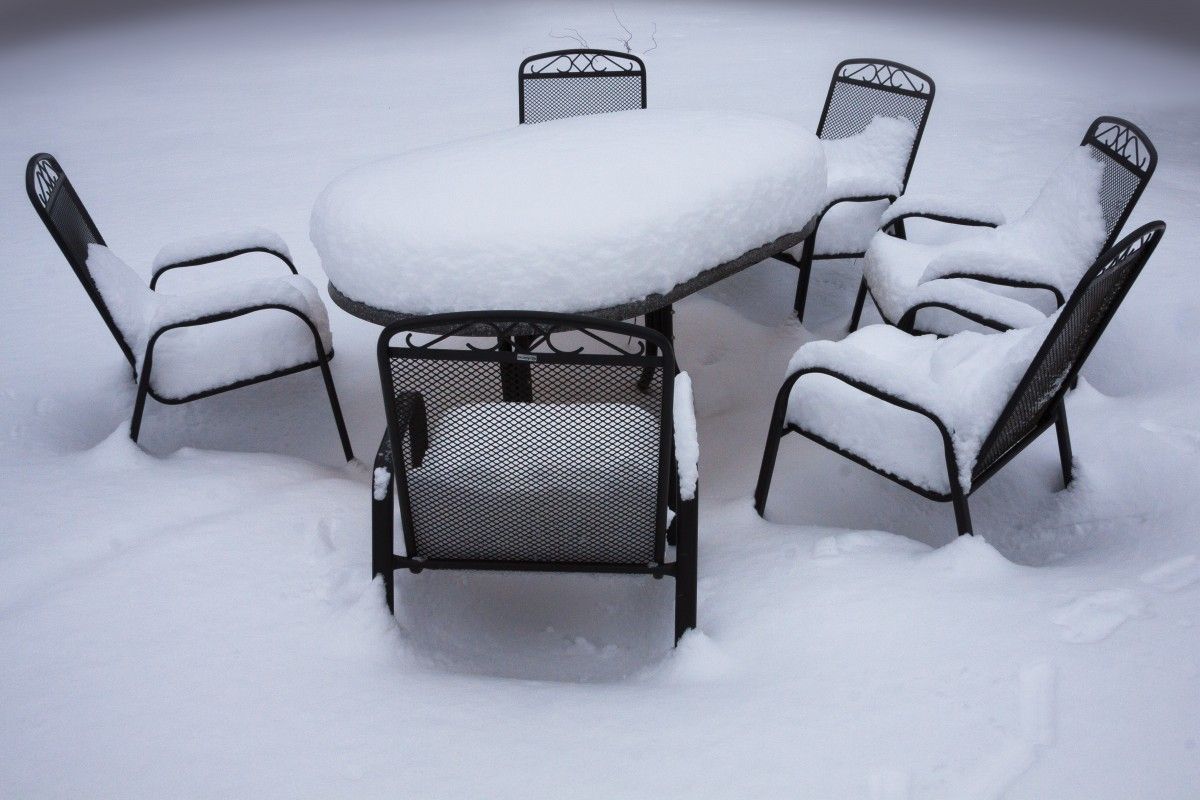
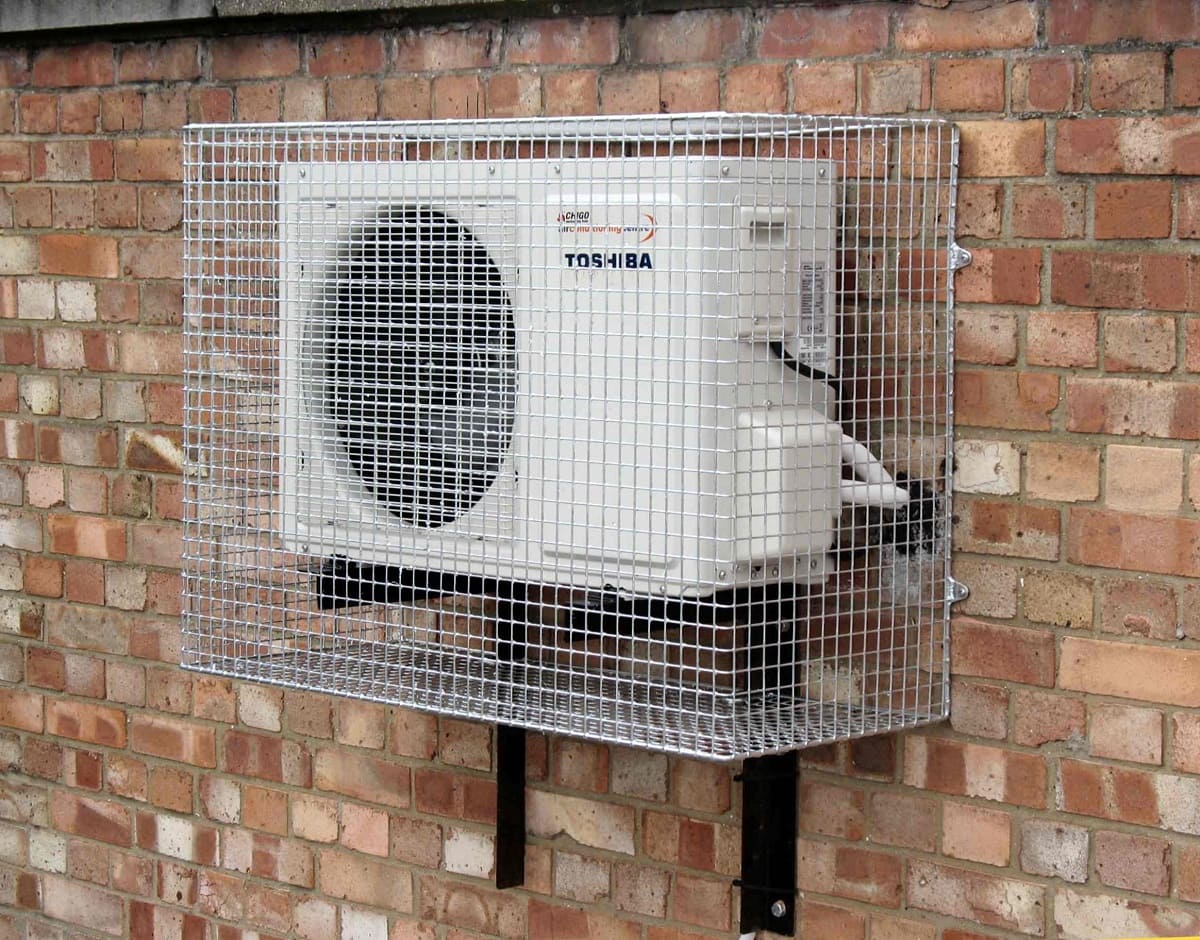

0 thoughts on “How To Protect Outdoor Cedar Wood”